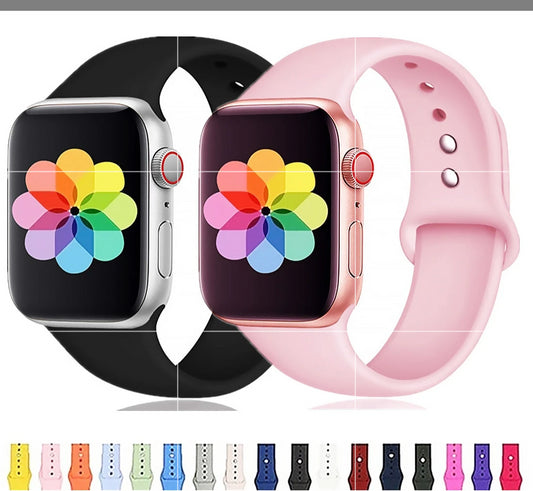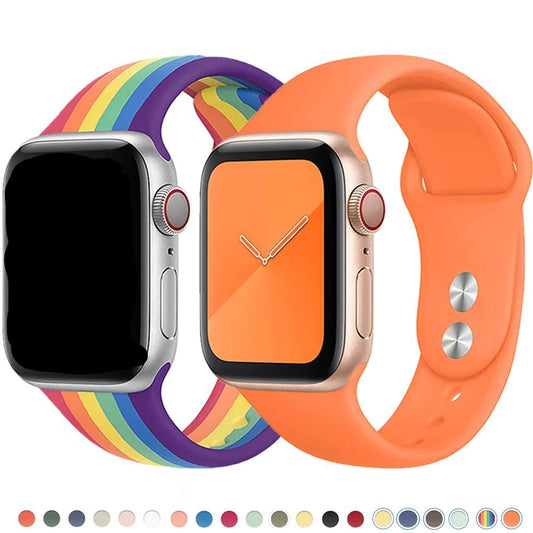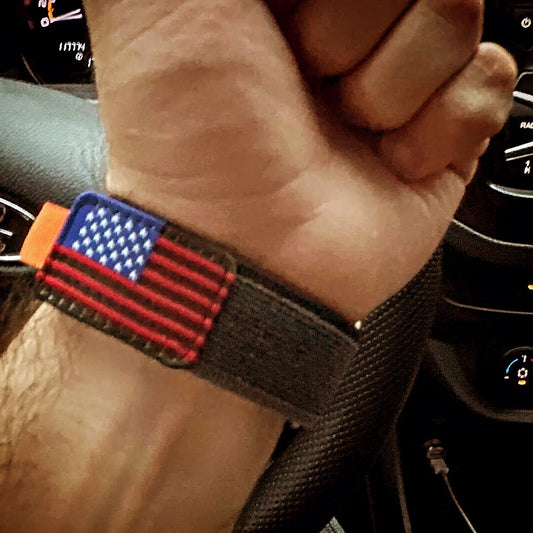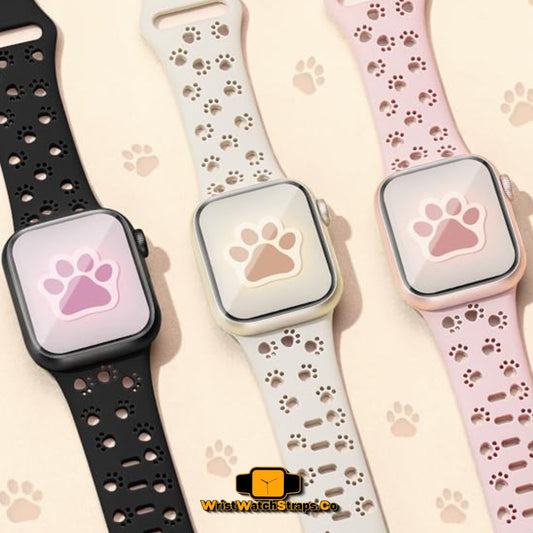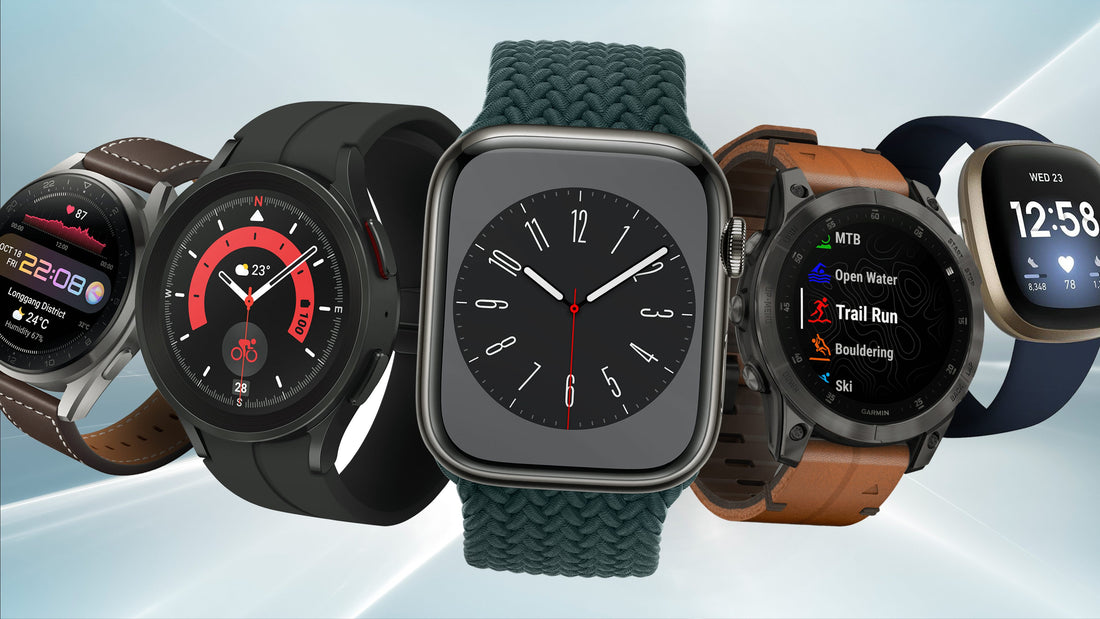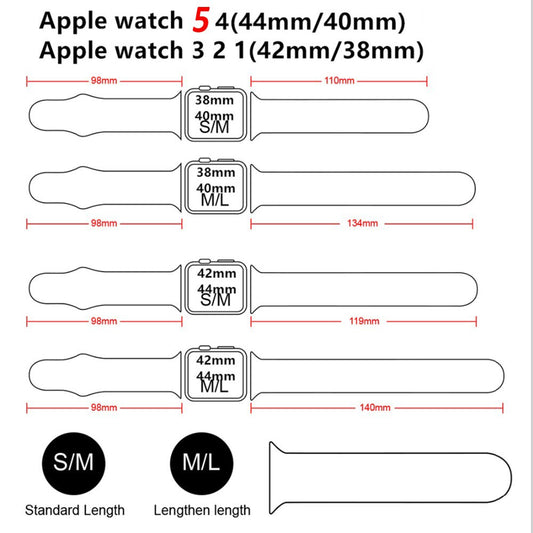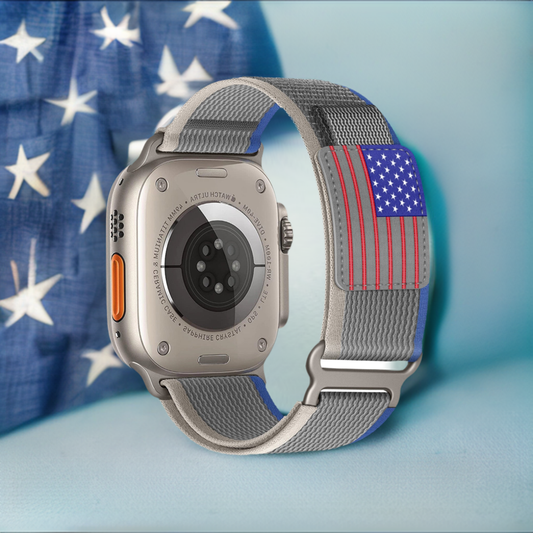The Growing Popularity of Smartwatches
Smartwatches have been on the rise in recent years, thanks in part to the advancements in technology that have made them more affordable and accessible. According to recent studies, the global smartwatch market is projected to grow at a compound annual growth rate (CAGR) of 19.5% from 2021 to 2028. This growth is expected to have a significant impact on the traditional wristband market.

The Benefits of Smartwatches
Smartwatches offer a range of benefits over traditional wristbands. For one, they are more versatile and can perform a wider range of functions. They can track your fitness, monitor your sleep patterns, and even help you stay connected with your friends and family. Additionally, smartwatches are more convenient since they can be worn all day without needing to be taken off.
The Drawbacks of Smartwatches
Despite their many benefits, smartwatches also have some drawbacks. For one, they tend to be more expensive than traditional wristbands. Additionally, their battery life can be a limiting factor for some users. Most smartwatches need to be charged every day or two, which can be inconvenient for people who are always on the go.
The Impact on Traditional Wristbands
The rise of smartwatches has had a significant impact on traditional wristbands. While wristbands will always have a place in the world of wearable technology, it is clear that smartwatches are the future. Traditional wristbands have had to adapt to keep up with the new technology.
Changing Consumer Expectations
As smartwatches become more popular, consumers have come to expect more from their wearable technology. They want their devices to do more than just track their steps or monitor their heart rate. They want to be able to send and receive messages, make phone calls, and access a wide range of apps and features.
The Need for Innovation
To stay relevant in the changing world of wearable technology, traditional wristbands have had to innovate. Some have added new features, such as GPS tracking or sleep monitoring. Others have focused on improving the design and aesthetics of their devices to appeal to consumers who are looking for more than just functionality.
The Future of Wearable Technology
As the market for wearable technology continues to grow, it is clear that smartwatches will continue to dominate. However, traditional wristbands will still have a place in the market. It is likely that wristbands will become more specialized, focusing on specific functions like sleep monitoring or heart rate tracking.

More Specialized Devices
As smartwatches become more advanced and offer more features, it is likely that traditional wristbands will become more specialized. Wristbands that focus on specific functions like sleep tracking or hydration monitoring will become more popular.
The Need for Integration
As more wearable devices come to market, it will become increasingly important for them to be able to integrate with one another. This will allow users to access all of their data from a single device, rather than having to switch between multiple devices. It is likely that companies will work to make their devices more compatible with one another in the future.
In conclusion, the rise of smartwatches has had a significant impact on traditional wristbands. While wristbands will always have a place in the market, it is clear that smartwatches are the future of wearable technology. As the market continues to evolve, we can expect to see more specialized devices and greater integration between devices

